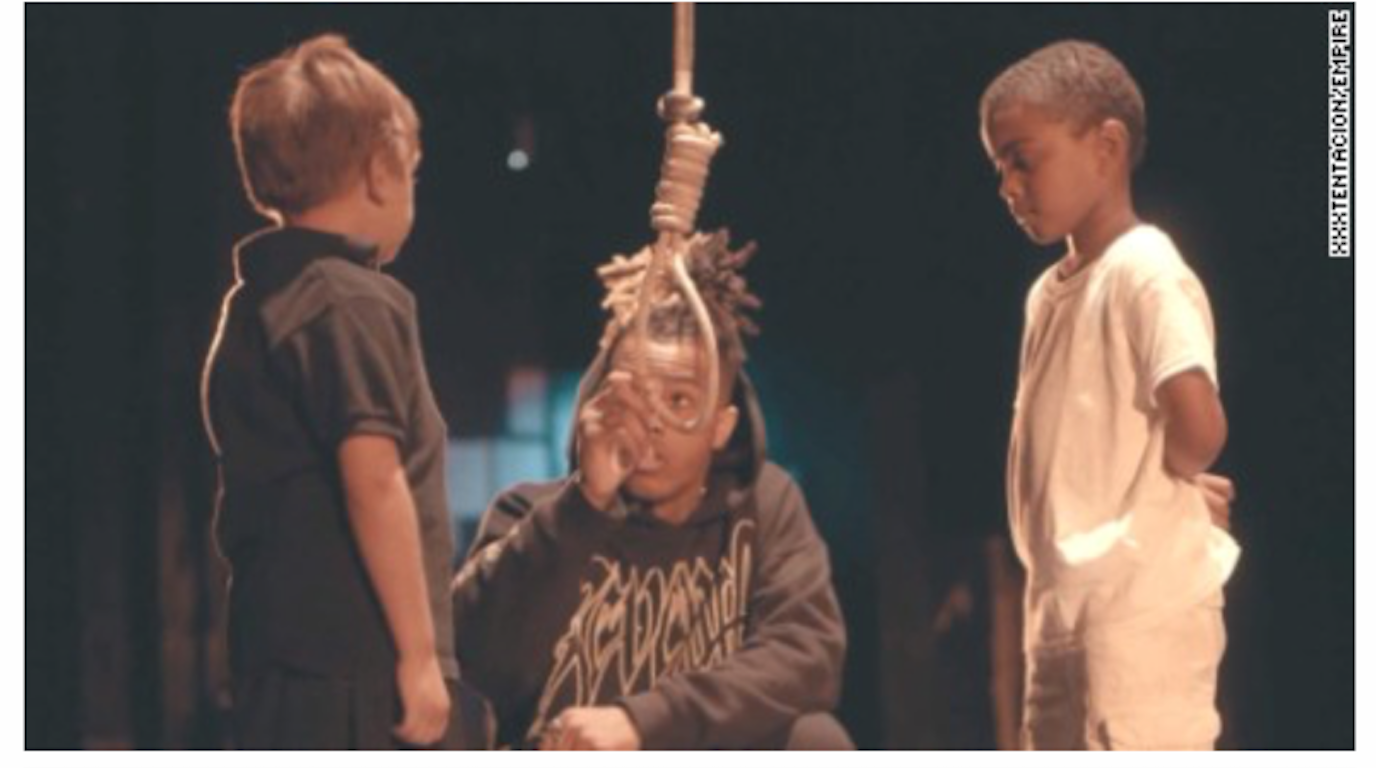 In July of 2017, Camille Sturdivant was preparing for her senior year at Blue Valley Northwest High School in Overland Park, Kansas. She was proud to be a returning member of the Dazzler Dance Team at the high school. Additionally, she was one of two black girls on the dance team and one of the few people of color at her predominately white high school in the state of Kansas.
In July of 2017, Camille Sturdivant was preparing for her senior year at Blue Valley Northwest High School in Overland Park, Kansas. She was proud to be a returning member of the Dazzler Dance Team at the high school. Additionally, she was one of two black girls on the dance team and one of the few people of color at her predominately white high school in the state of Kansas.
Every summer, the coaches of the Dazzler Dance Team, Carley Fine and Kevin Murakami, required every member of the team to audition for the routines that will compete at the national competition eight months away. Not every girl on the team gets a spot in every competitive piece, which is why the members were required to audition. As the only senior on the dance team, Camille had high hopes that her hard work over the last three years would pay off and land her a spot in the competitive dance routines. After a few rounds of auditions, Kevin and Carley made their final decisions and Camille was placed in an upperclassmen piece that would compete at the national competition in March. They began choreography for the dance immediately.
A few weeks into rehearsals, it was time for the costume fittings. It was when the girls were in line side by side wearing their custom-made costumes that things began to go wrong. After running the dance a few times, Carley and Kevin pulled Camille aside. They informed her that she was being removed from the routine because her skin was too dark, and they believed it clashed with the color of the costume. They expressed their concern that the audience would be distracted by her dark skin and only watch her on stage and not the other dancers. Carley and Kevin were going to give Camille’s spot in the dance to a dancer who had white skin, so that everyone on stage would look alike. Camille would be downgraded to an alternate position, meaning she would be put back in the dance if anyone dropped out or got hurt.
Camille was distraught that she was being pulled from a number because of something she could not control. There were no issues with her dance technique or skills, only with the color of her skin. She had done everything she needed to do to land a spot in one of the teams competitive pieces, but her hard work was overshadowed by the fact that she did not look like everyone else on the team. Curtis Smith, owner of the Pulse Performing Arts Center, commented on this situation saying, “Dance is colorblind. What you are looking at is movement and performance quality and technical proficiency. Color? Never.” (https://www.kansascitymag.com/choreographed-racism/).
This occurrence raises numerous questions and concerns about the teaching styles of Carley Fine and Kevin Murakami. What would cause two educators to allow racism to play such a defining role in an artistic environment? One would think that Kevin, who is gay and half-Asian, would be more open-minded and accepting of people who do not look like the average Kansas citizen. There is no question that the two dance team coaches hold a deep prejudice and racial bias in their teaching philosophies.
While this instance of blatant racism and prejudice was hurtful enough, it turned out to not be a one-time occurrence. Situations where Camille was wrongfully singled-out and excluded because of the color of her skin continued to take place throughout the school year. The harassment became damaging enough that Camille and her family ultimately filed a federal lawsuit for civil rights violation in December of 2018. Carley Fine was eventually terminated and banned from the Blue Valley School district because of her racist remarks and actions.







